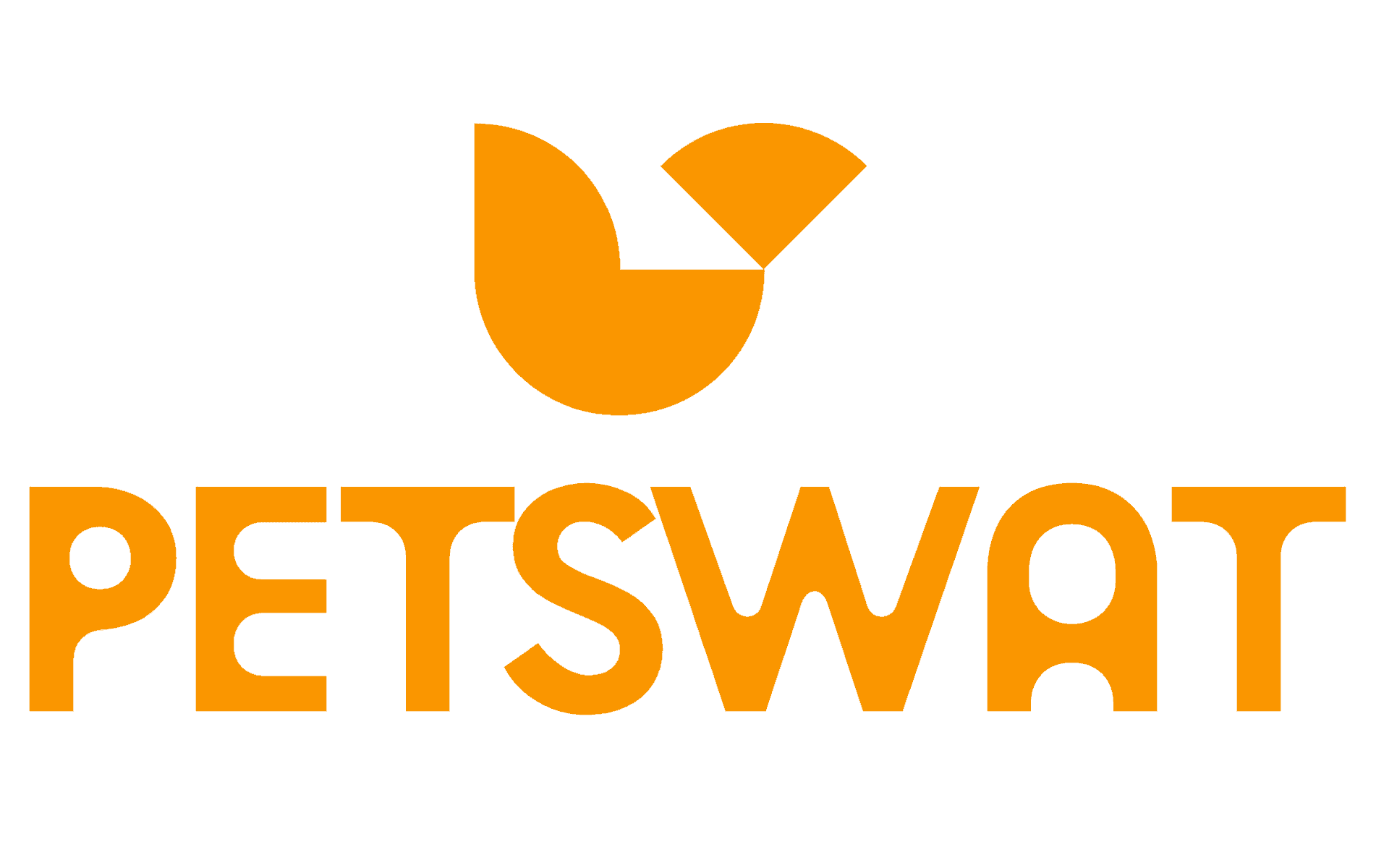tl;dr: Clicker training is an effective method for training cats
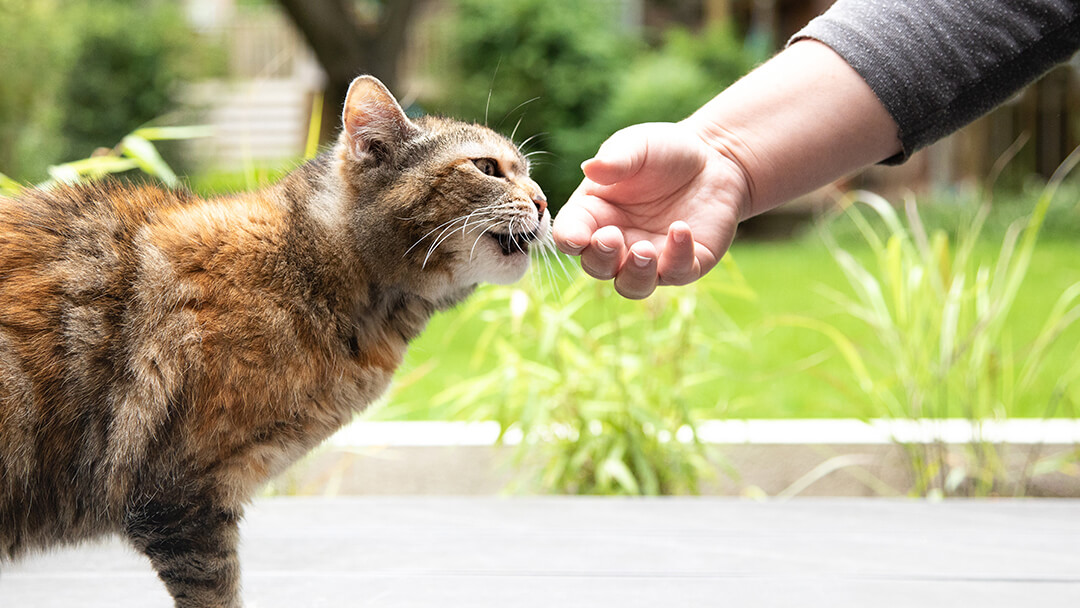
Clicker training for cats is a highly effective and positive method of training that uses a clicker sound to mark desired behaviors.
This article will explore what clicker training is, how it works for cats, the benefits it offers, how to get started, a step-by-step guide, troubleshooting common challenges, advanced techniques, and conclude with the overall effectiveness of clicker training for cats.
What is clicker training?
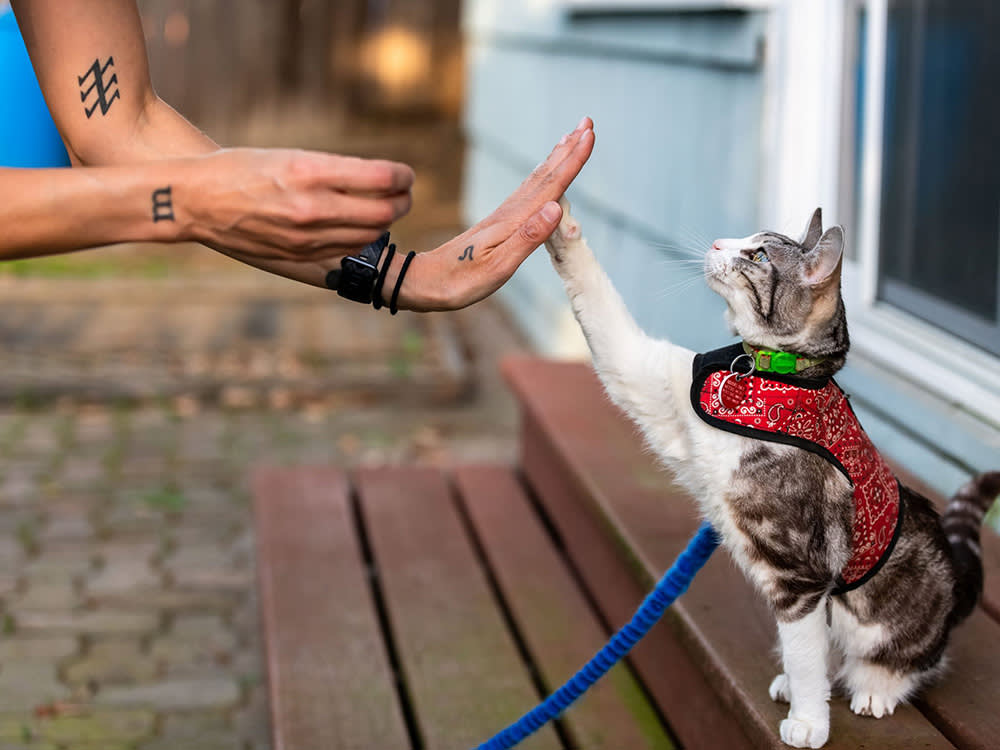
Clicker training is a form of positive reinforcement training that uses a small handheld device called a clicker to mark desired behaviors. The clicker emits a distinct sound that serves as a signal to the cat that they have performed the desired behavior correctly. This method of training is based on the principles of operant conditioning, where the cat learns to associate the clicker sound with a positive outcome, usually a treat or reward.
How does clicker training work for cats?
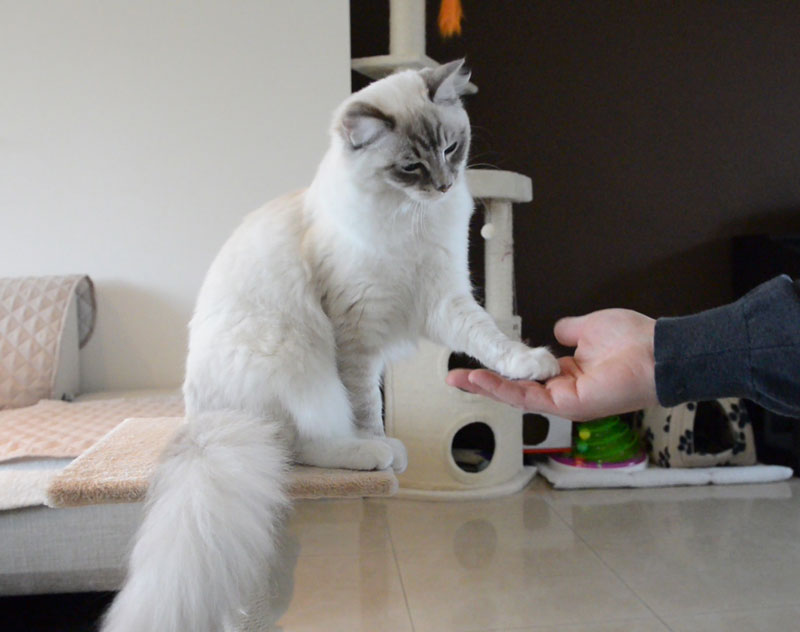
Positive reinforcement
Clicker training relies on positive reinforcement, which means rewarding the cat for performing the desired behavior. When the cat hears the clicker sound, they understand that they have done something right and will receive a reward. This positive association encourages the cat to repeat the behavior in the future.
Association with the clicker sound
The clicker sound becomes a powerful tool in clicker training as it allows for precise timing. The clicker sound is unique and consistent, making it easier for the cat to understand which behavior is being rewarded. By associating the clicker sound with positive outcomes, the cat quickly learns to associate the sound with the desired behavior.
Benefits of clicker training for cats

Improved communication
Clicker training enhances communication between cats and their owners. The clicker sound serves as a clear and consistent signal that the cat understands, making it easier for them to learn and respond to commands.
Increased mental stimulation
Clicker training provides mental stimulation for cats, which is essential for their overall well-being. Engaging in training sessions challenges their minds and keeps them mentally sharp, preventing boredom and destructive behaviors.
Enhanced bond between cat and owner
Clicker training strengthens the bond between cats and their owners. Through positive reinforcement and shared training experiences, cats develop trust and a deeper connection with their owners.
Getting started with clicker training

Choosing the right clicker
When starting clicker training, it’s important to choose the right clicker. Opt for a clicker that produces a distinct and consistent sound that your cat can easily distinguish from other noises. There are various types of clickers available, so choose one that feels comfortable in your hand.
Identifying the cat’s motivation
Understanding what motivates your cat is crucial for successful clicker training. Some cats are food-motivated, while others respond better to play or affection. Identify what motivates your cat and use it as a reward during training sessions.
Setting achievable goals
Start with simple and achievable goals when introducing clicker training to your cat. Break down complex behaviors into smaller steps and gradually increase the difficulty as your cat progresses. This approach ensures success and keeps your cat motivated.
Step-by-step guide to clicker training a cat
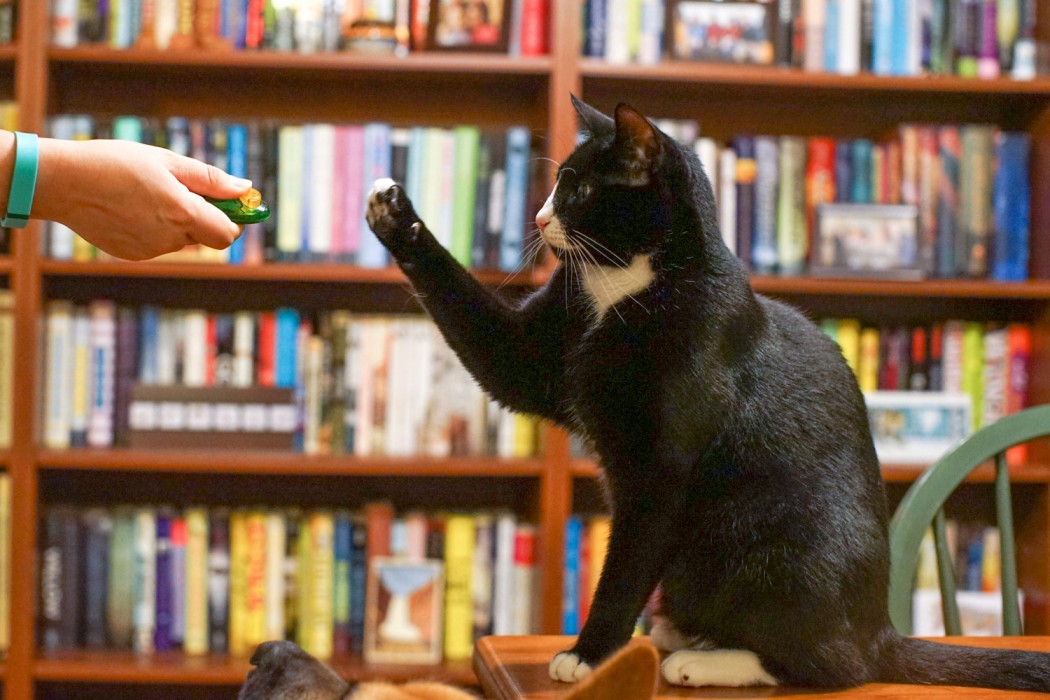
Click and treat
Begin by associating the clicker sound with a treat. Click the clicker and immediately give your cat a treat. Repeat this several times until your cat starts to understand that the clicker sound means a reward is coming.
Teaching basic commands
Once your cat understands the association between the clicker sound and the treat, you can start teaching basic commands. For example, click and treat when your cat sits or comes to you. Repeat this process consistently, gradually adding verbal cues to the behaviors.
Shaping behaviors
Shaping behaviors involves rewarding your cat for small steps towards the desired behavior. For example, if you want your cat to jump through a hoop, start by rewarding them for approaching the hoop, then for touching it, and finally for jumping through it. This method encourages your cat to actively participate in the training process.
Troubleshooting common challenges
Lack of interest or motivation
If your cat seems uninterested or unmotivated during training sessions, try using higher-value treats or finding a different reward that excites them. Additionally, keep training sessions short and engaging to maintain your cat’s interest.
Overcoming fear or anxiety
If your cat shows signs of fear or anxiety during training, take a step back and create a positive and calm environment. Gradually introduce the clicker sound and reward system, ensuring your cat feels safe and comfortable throughout the process.
Dealing with distractions
Cats can easily get distracted during training sessions. Start in a quiet and familiar environment, gradually introducing distractions as your cat becomes more proficient. Use higher-value treats or rewards to keep their focus on the training.
Advanced clicker training techniques for cats
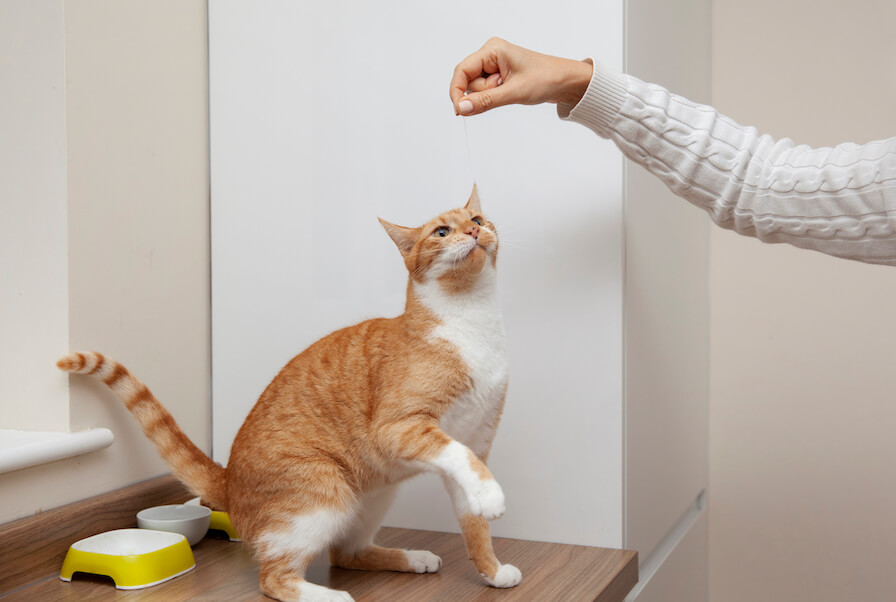
Target training
Target training involves teaching your cat to touch a specific object, such as a stick or your hand, with their nose or paw. This technique can be used to teach more complex behaviors and tricks.
Trick training
Once your cat has mastered basic commands, you can move on to teaching them fun tricks. From high fives to rolling over, trick training adds an element of entertainment and further strengthens the bond between you and your cat.
Agility training
Agility training is a great way to provide physical and mental stimulation for your cat. Set up a mini obstacle course with tunnels, jumps, and weave poles, and use clicker training to guide your cat through the course.
Conclusion

Clicker training is a highly effective and positive method for training cats. By using positive reinforcement and the clicker sound as a marker, cats can quickly learn and respond to desired behaviors.
Clicker training improves communication, provides mental stimulation, and enhances the bond between cats and their owners. With the right approach and consistent training, clicker training can unlock your cat’s potential and create a harmonious and rewarding relationship.
FAQs
-
Does clicker training work on cats?
Yes, clicker training can be very effective for cats. It is a positive reinforcement training method that uses a clicker sound to mark desired behaviors and reward them with treats or praise.
-
At what age should I start clicker training my cat?
You can start clicker training your cat at any age. However, it is generally easier to train kittens as they are more receptive to learning and can adapt quickly. Older cats can also be trained, but it may require more patience and consistency.
-
Is it too late to clicker train my cat?
No, it is never too late to start clicker training your cat. Cats are intelligent animals and can learn new behaviors at any age. With patience and consistency, you can teach your cat new tricks and behaviors using clicker training.
Originally posted 2023-09-26 03:33:35.
Johny is a dedicated pet enthusiast, author, and the driving force behind the insightful content at PetSWAT. With a deep passion for animals and a wealth of knowledge acquired through years of experience, Johny brings a unique perspective to the world of pet care and companionship.
